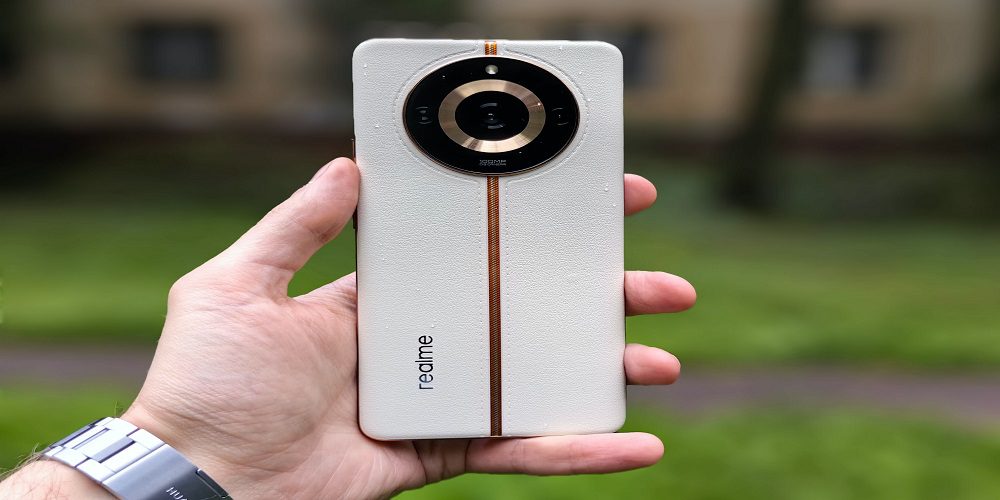Imagine waking up in the morning to a perfectly brewed cup of coffee, with your favorite music gently playing, and the curtains gradually letting natural light in. As you step into your bathroom, the mirror comes alive with personalized news updates and weather forecasts. This is not a scene from an episode of “The Jetsons,” it’s just one example of how smart home technology can revolutionize our living spaces. In today’s blog post, we will delve into the fascinating world of smart home innovations and explore how they have become the future of consumer technology. Get ready to be amazed as we uncover the endless possibilities that await us in transforming our homes into intelligent havens.
What is Consumer Technology?
Today’s consumer technology is constantly evolving and changing to cater to our every need. From devices that help us stay connected and entertained, to inventions that improve our daily lives, there’s something for everyone. Below are some of the most popular consumer technologies on the market today:
1. Smartphones and tablets: Smartphones and tablets are a staple in many people’s lives, as they provide a way to stay connected and organized. Not only do these devices allow us to communicate with others, but they can also be used for entertainment purposes, such as reading books, watching videos, or playing games. Tablets have even become more versatile thanks to advanced features such as multitasking and 3D graphics.
2. Home automation: One of the biggest advancements in consumer technology over the past few years has been home automation. This includes products like smart locks, security cameras, and thermostats. These devices not only make our lives easier by taking care of certain tasks for us, but they can also save us money by regulating our temperature and monitoring our security settings.
3. Augmented reality: Augmented reality is another trend in consumer technology that’s gaining popularity lately. This involves overlaying digital images on top of what you see in reality (for example, turning an existing photo into an augmented reality picture). This technology has been used for a variety of applications, such as gaming tutorials or advertising campaigns.
4. Virtual Reality: Virtual reality is a type of immersive experience that allows users to feel as if they are actually in a different environment. Some of the most popular virtual reality devices include the Oculus Rift and the HTC Vive, both of which are used to create gaming experiences. Virtual reality is also being used in other industries, such as fashion and advertising.
Advantages of Consumer Technology
The advancements in consumer technology have revolutionized the way we live and work. With smart home innovations, we can control our properties from anywhere in the world. We can also automate our lives to make our lives easier.
Some of the advantages of consumer technology include:
1. Improved Security and Home Automation: Consumer technology has enabled us to improve our security and home automation. With smart home gadgets, we can control everything from our thermostats to our locks. This allows us to protect ourselves and our property while making our lives easier.
2. Greater Flexibility and Convenience: The advancements in consumer technology allow us greater flexibility and convenience when it comes to working and living. With Bluetooth devices, we can easily connect with compatible devices such as smart TVs, appliances, cars, and more. This gives us a more seamless experience and allows us to be more productive.
3. Increased Engagement with Technology: The advancements in consumer technology have made us more engaged with our technology. With the growth of social media and mobile devices, we are increasingly interacting with technology. This has allowed us to discover new technologies and to be more connected with others.
Disadvantages of Consumer Technology
Consumers are constantly changing their technology preferences in search of new and better products. However, some technologies have disadvantages that users should be aware of. For example, many people have replaced traditional lightbulbs with LED versions because they are more energy efficient, but this type of lighting can produce a harsh glare in certain environments.
Similarly, consumers are increasingly turning to streaming services such as Netflix and Hulu to watch TV shows and movies, but these services can be expensive if you don’t have a high-speed internet connection.
How Does Consumer Technology Work?
Consumer technology has become increasingly complex, with devices such as smartphones and computers becoming not only more powerful but also more versatile. Improvements in battery life, processing speed, and camera quality have made these gadgets more versatile and efficient.
There are now a variety of technologies that can be used to enhance our living spaces, from home security systems to electronic locks on doors. Here we take a look at seven of the most common consumer technologies and their potential applications in the home.
1) Smartphones: Smartphones have come a long way since their original release in 2007. Today’s models are substantially more powerful and come with features such as advanced cameras, microphones, GPS navigation, and Bluetooth connectivity. They can be used for tasks such as checking social media updates, managing appointments, accessing emails, and tracking your children’s whereabouts via geolocation tracking.
2) Home Security Systems: Home security systems are one of the most popular consumer technologies due to their ability to deter crime by monitoring activity in your home 24/7. There are a variety of options available, from simple video cameras to sophisticated alarm systems that include both surveillance footage and live streaming capabilities so you can monitor what’s happening while you’re away.
3) Electronic Locks on Doors: It’s becoming increasingly common for homes to install electronic locks on doors to help secure them against unauthorized entry. These locks use coded cards or RFID tags to allow you access to your home, while also monitoring your electronic movements in order to detect attempted burglaries.
4) Smart Appliances: With increasing reliance on electronic devices in our everyday lives, it’s no surprise that many home appliances are now powered by technology. Household staples such as washing machines and ovens now come with display screens that allow you to control them remotely via apps or online interfaces. This allows you to save time by avoiding the need to enter specific instructions into the appliance each time you want it to perform a task.
5) Geolocation Tracking: Geolocation tracking is a technology that allows you to track the location of your device(s) using triangulation and GPS satellites. This can be used for a variety of purposes, such as monitoring your child’s whereabouts or keeping an eye on pets when you’re away from home.
6) Augmented Reality (AR): AR is a technology that uses digital images and computer-generated sounds to create a three-dimensional experience that can be viewed on devices such as smartphones and smart glasses. This allows users to interact with virtual objects and environments, making tasks such as shopping and online searches more immersive and fun.
7) Virtual Reality (VR): VR is a technology that uses handheld devices and specially designed head-mounted displays to create a virtual reality experience that allows users to interact with 3D environments. This can be used for a variety of purposes, from studying in school to playing video games.
Our Top Picks for Smart Home Innovations
Amazon Echo, Google Home, Apple Watch, Samsung Gear S2 Frontier, and LG InstaView.
In 2017, the smart home was one of the hottest tech topics. Almost every major company jumped on the bandwagon, releasing new products designed to make our lives easier and more convenient. One such product is the Amazon Echo. This roundabout speaker lets you control your home devices by voice commands. You can summon Alexa to turn on your lights, play music from your library, or read the news. The Google Home is similar, but it integrates with more services and platforms than Amazon Echo.
Apple Watch is another popular option when it comes to smart home gadgets. This wristwatch has a dedicated app that allows you to control everything from your Nest thermostat to your Philips Hue smart lights. Samsung Gear S2 Frontier is another powerful option if you’re looking for a smartwatch that can do more than just tell time. It also hasbuilt-in GPS and 5GB of internal storage so you can store all your media files and play them offline without an internet connection.
Nest Learning Thermostat
LG InstaView
Philips Hue Smart Bulbs
Conclusion
Smart home technologies are constantly evolving, and as the technology becomes more advanced, so does our ability to connect with devices in our homes. In addition to being able to control appliances and lights using your smartphone from anywhere in the world, you can also use smart home technologies to monitor your health and security. By integrating these systems into your daily life, you can enhance your living spaces while saving time and money. With so many potential uses for smart home technologies, it’s important to find an innovation that works well for you and fits into your lifestyle. Click here to read more about some of the best smart home innovations on the market today.



































